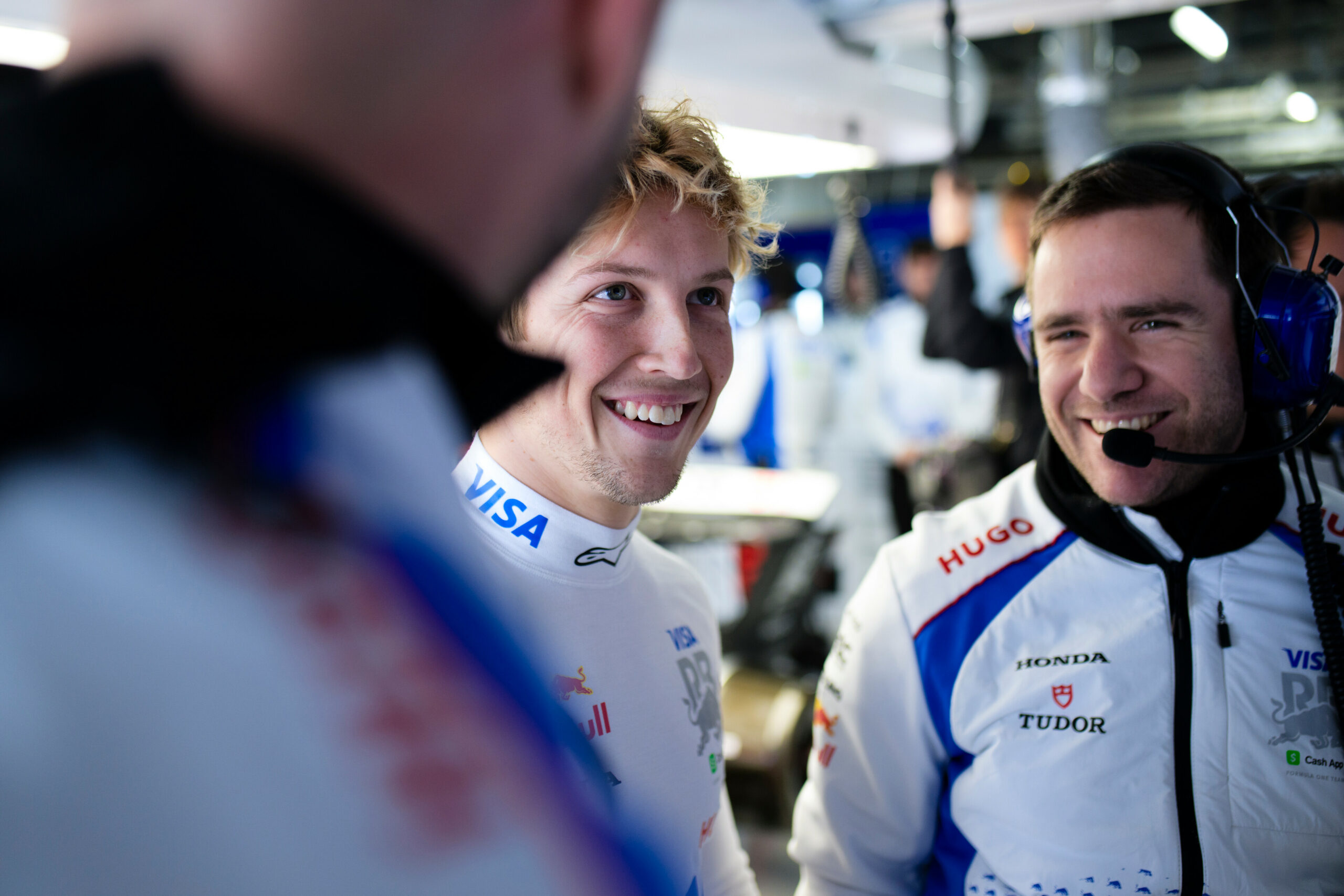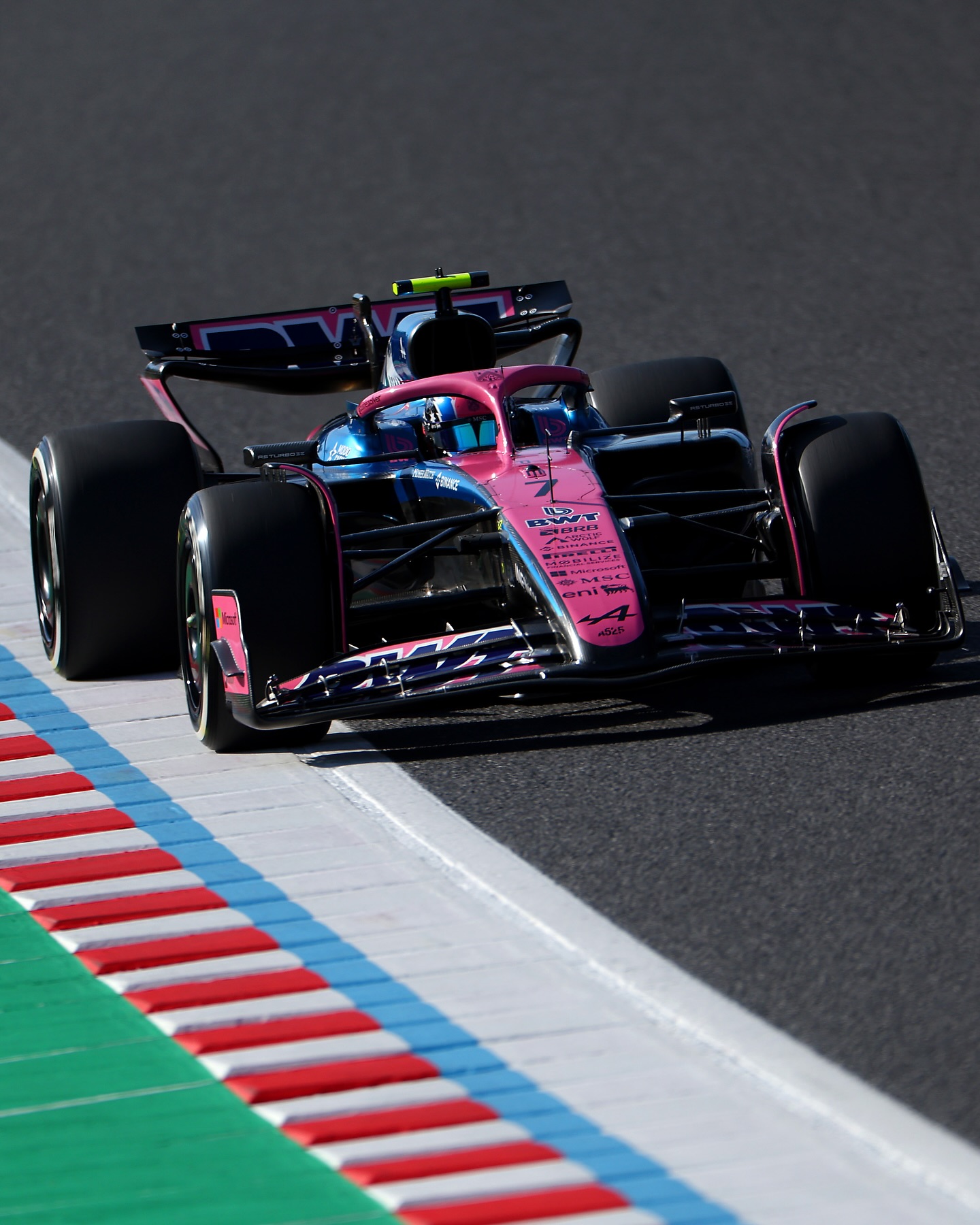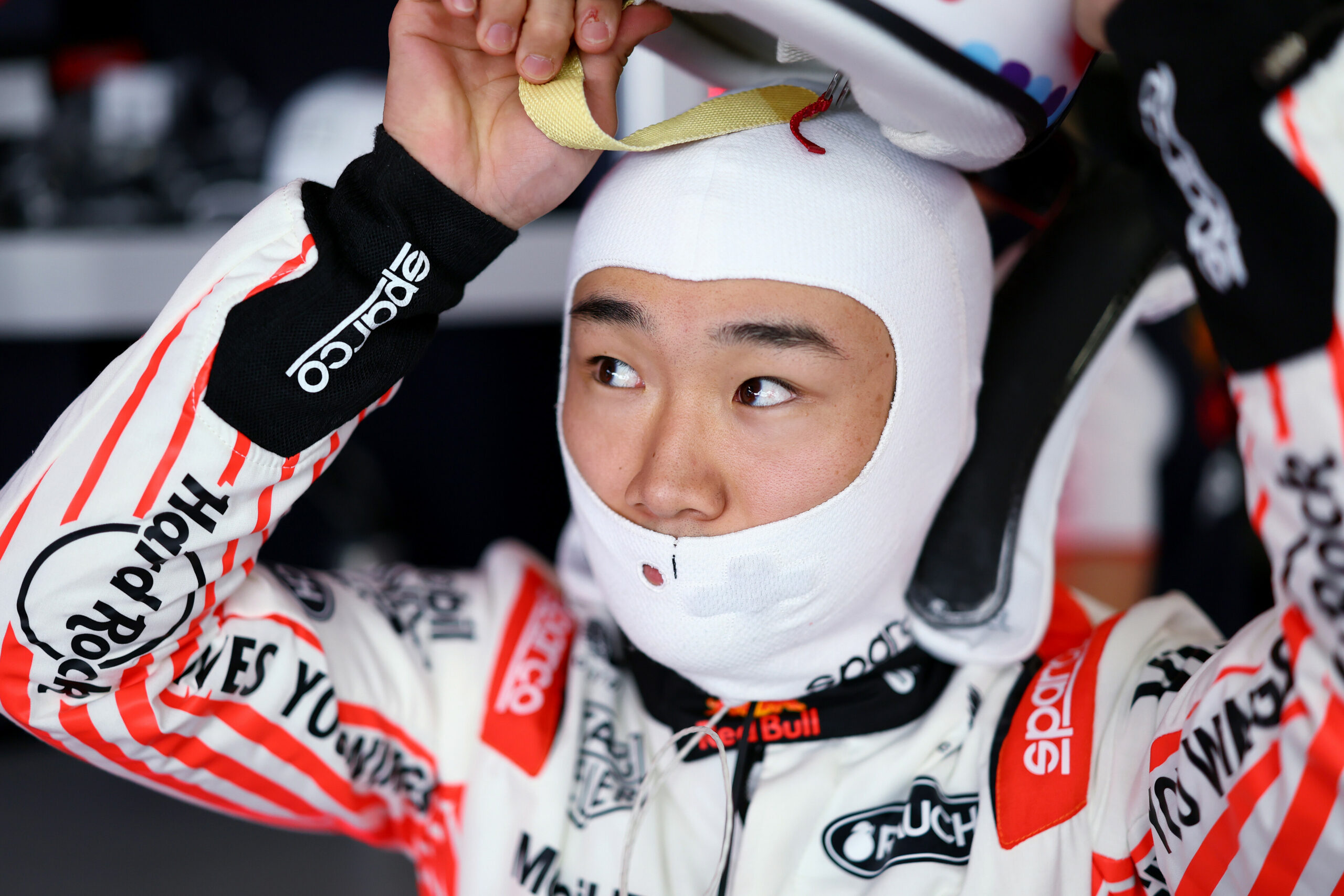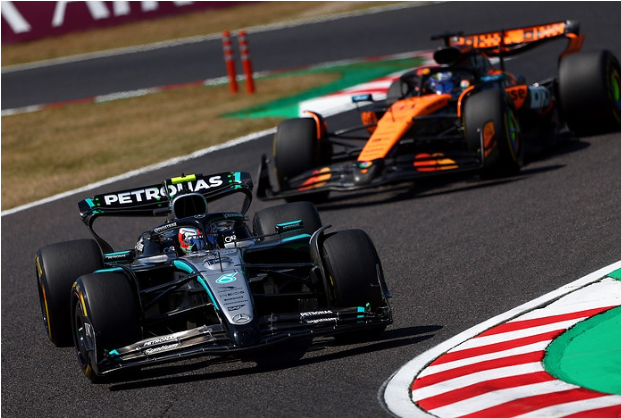It appears that Ferrari has managed to find a fix for the excessive tyre degradation that plagued the team earlier on in the season—Carlos Sainz, however, remains skeptical.
“I think it’s too early to tell. I’m always very, very cautious in this aspect. Especially because the only big change was the floor in Japan, and we know the floor wasn’t a huge thing in any sense so I think it’s still early days to judge whether our tyre wear situation and our degradation has gotten better,” he told the media in Qatar.
“I prefer to take more samples, more examples, to see if that’s really the case—six races left, we will see if the good trend continues. I definitely hope so.”
“Yeah, [Japan] was high tyre deg, but at the same time a two-stop, which made everything a bit easier because it helps you to cut down the tyre life.
“I think our biggest weakness is tyre life, more than tyre deg.”
“And with a two stop race you can manipulate that a bit more than when it’s a one stop and you’re on the limit of the tyres for the two stints. Having said that, it was good progress; we’ve been also working a lot on the tyre management side with the drivers, with the tools of the car.
“We’re hoping… it’s incremental gains, I always say, in F1 it’s never something out of the blue, it’s always incremental gains, and I think we’ve been doing that from the beginning of the season.”

Photo credit: Scuderia Ferrari
The Losail International Circuit, which hosted the inaugural Qatar Grand Prix back in 2021, has been overhauled and re-surfaced ahead of the race weekend.
However, the steep kerbs that caused issues two years ago are still in place, prompting some concerns about potential floor damage. Sainz weighed in on the discussion regarding the so-called “floor destroyers.”
“It all depends on the track limits because we might not go there if there’s the track limits.
“But at the same time the white line being so wide and the cars being so wide and the lack of visibility we have, plus the speeds that we do here, I think we’re going to be talking about track limits more than actual ‘kerb destroyers’,” he said.
The Spaniard also spoke about the challenges drivers will face while driving in Qatar at this time of year. Even at night, temperatures hover in the 30s, with humidity making it feel warmer. Notably, the 2022 FIFA World Cup was held during the months of November and December in an attempt to address this issue.
“I think it’s a bit of an extreme case. I’m hoping it doesn’t repeat itself in the future, because obviously, the organisers are finding the best possible dates, but the drivers are suffering the heat, and it’s not going to be a comfortable race at all.”
Still, Sainz revealed that he’s not concerned about his personal performance suffering as a result of the extreme climate.
“I’m not worried, because I know Singapore feels very, very hot; I did well in Singapore, so I’m ready for it.”
This year’s Qatar Grand Prix will be a sprint weekend, meaning the drivers will only get one practice session to adjust to a relatively new venue—and a quite unrepresentative session at that, as the race itself will be held after sundown.
“It’s not only that, I think it’s the heat, it’s the new surface (…) so I’m hoping that everything turns out to be good, because it’s going to be a lot of unknowns, and a lot of things to adapt during FP1, and we’re going to be hitting qualifying at much higher speeds, in the night, especially with these thermally-limited tyres, we’re going to be a lot quicker, and we’re going to need to re-adapt, so yeah, plenty of challenges out there.
“We’re a team that normally performs well on sprint weekends, so hopefully that compensates a bit the track characteristics,”





